Tesla has been at the forefront of electric vehicle (EV) technology, setting benchmarks in areas like range, performance, and battery longevity. However, a recent incident involving a Tesla Model 3 owner who received a battery replacement warning after just 41,000 miles has raised some eyebrows. While the issue was promptly addressed under warranty, it has led to discussions about the durability of Tesla’s batteries, especially when frequently using Superchargers.
Let’s delve into the details of the incident, the science behind Tesla’s battery technology, and why this case is likely an isolated incident rather than a widespread concern.
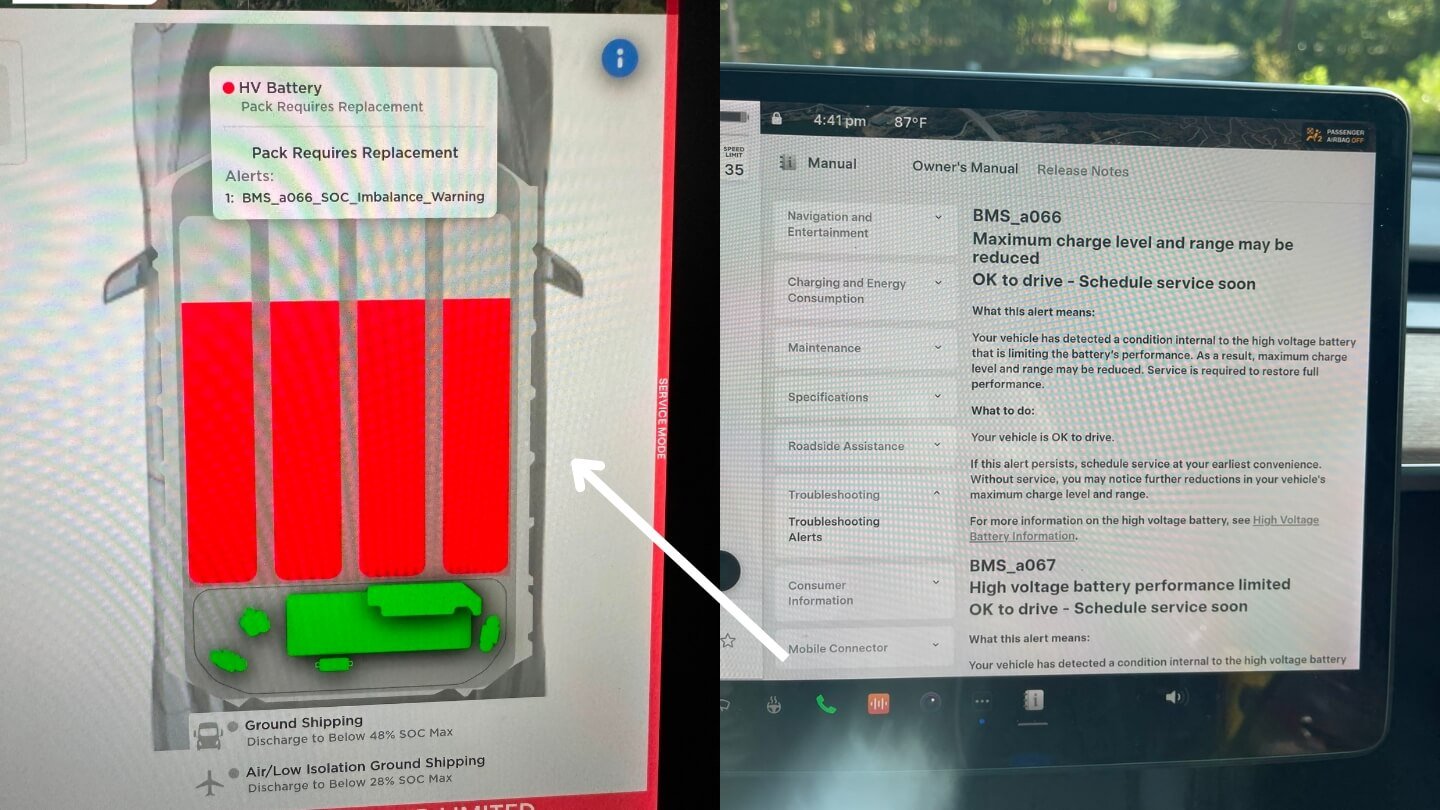
Table of Contents
Tesla Model 3 Issues Battery Replacement Warning
In a recent occurrence that has caught the attention of Tesla enthusiasts and experts alike, the owner of a 2021 Tesla Model 3 Performance reported an unexpected issue. After driving 41,000 miles, the vehicle displayed a battery replacement warning on its dashboard. This is a rare alert, especially for a car that is relatively new and within the warranty period.
Tesla Battery Replacement
Upon receiving the warning, the owner acted swiftly and responsibly. The vehicle was immediately taken to a Tesla service center for a thorough diagnostic check. After confirming the issue, Tesla arranged for a replacement battery under the car’s existing warranty. This is a testament to Tesla’s commitment to customer service and the robustness of their warranty coverage, which includes an 8-year, 120,000-mile battery and drive unit warranty.
While the Model 3 was in the shop, Tesla provided the owner with a loaner vehicle – Model X. This not only ensured that the owner was not inconvenienced by the temporary loss of their vehicle but also gave them an opportunity to experience another model in Tesla’s impressive lineup.
Frequent Tesla Supercharger Usage While Road Trip
What adds an interesting layer to this incident is the timing. Just two days before the warning appeared, the owner had completed a long 2,500-mile road trip from Seattle to San Diego and back. During this journey, the owner exclusively used Tesla Superchargers for recharging the vehicle.
The owner noted a significant decrease in the car’s range during the trip. Despite the Model 3 Performance having an EPA-rated range of 315 miles when new, the car required charging stops every 180-200 miles. This raised questions in the owner’s mind about whether the extensive driving and frequent Supercharging had any role to play in the sudden battery issue.
While it’s tempting to draw a connection between the road trip and the battery warning, it’s important to consider that correlation does not imply causation. Tesla’s batteries are engineered to withstand the rigors of long-distance travel and frequent Supercharging. Therefore, this incident is more likely an isolated case rather than an indication of a systemic issue with Tesla’s battery technology.
Understanding Tesla’s Battery Technology
Tesla’s reputation for innovation is perhaps most evident in its advanced battery technology. Understanding the intricacies of this technology can provide valuable insights into incidents like the one involving the Tesla Model 3’s battery replacement warning.
Composition of Tesla’s Battery Packs
Tesla’s battery packs are marvels of engineering, designed for both performance and longevity. The packs are made up of thousands of individual cells, specifically the 2170 cells, named for their dimensions – 21mm in diameter and 70mm in height. These cells are grouped into modules, and these modules are further organized into blocks.
The cells are arranged in both series and parallel configurations within these modules and blocks. A series arrangement increases the voltage, while a parallel arrangement increases the capacity. This modular design allows for a high degree of flexibility and customization, enabling Tesla to offer different range and performance options across its vehicle lineup.
One of the key features of Tesla’s battery design is its focus on redundancy and fault tolerance. Because the battery pack is divided into multiple modules and blocks, the failure of a single cell or even an entire module does not render the entire battery pack useless. This design ensures that the vehicle can continue to operate even if some components fail, thereby enhancing the reliability and safety of Tesla vehicles.
Battery Balancing
Battery balancing is a crucial aspect of Tesla’s battery management system. Due to manufacturing variances, not all cells are created equal—some may charge faster than others, and some may have slightly more capacity. To ensure optimal performance and longevity, Tesla employs a technique known as “balancing.”
After charging the battery pack to a desired state of charge, the system selectively charges or discharges specific cells or groups of cells. This ensures that all cells in the pack have the same voltage level, thereby achieving a balanced state.
Balancing is not just a technical nicety; it’s essential for the long-term health and performance of the battery pack. An unbalanced battery can lead to uneven wear and tear on the cells, reducing the overall lifespan of the battery. Moreover, imbalance can also affect the vehicle’s range and performance, as the system may limit power output to prevent damage to the weaker cells.
Why This is Likely an Isolated Case
While any incident involving a battery replacement in a Tesla vehicle is bound to generate attention, it’s essential to consider the broader context. Several factors suggest that the recent battery replacement warning in the Tesla Model 3 is likely an isolated case rather than a widespread issue.
Tesla Supercharging Myths Debunked
There’s a prevailing myth that frequent use of Supercharging can lead to accelerated battery degradation. However, this notion is largely unfounded and not supported by empirical evidence.
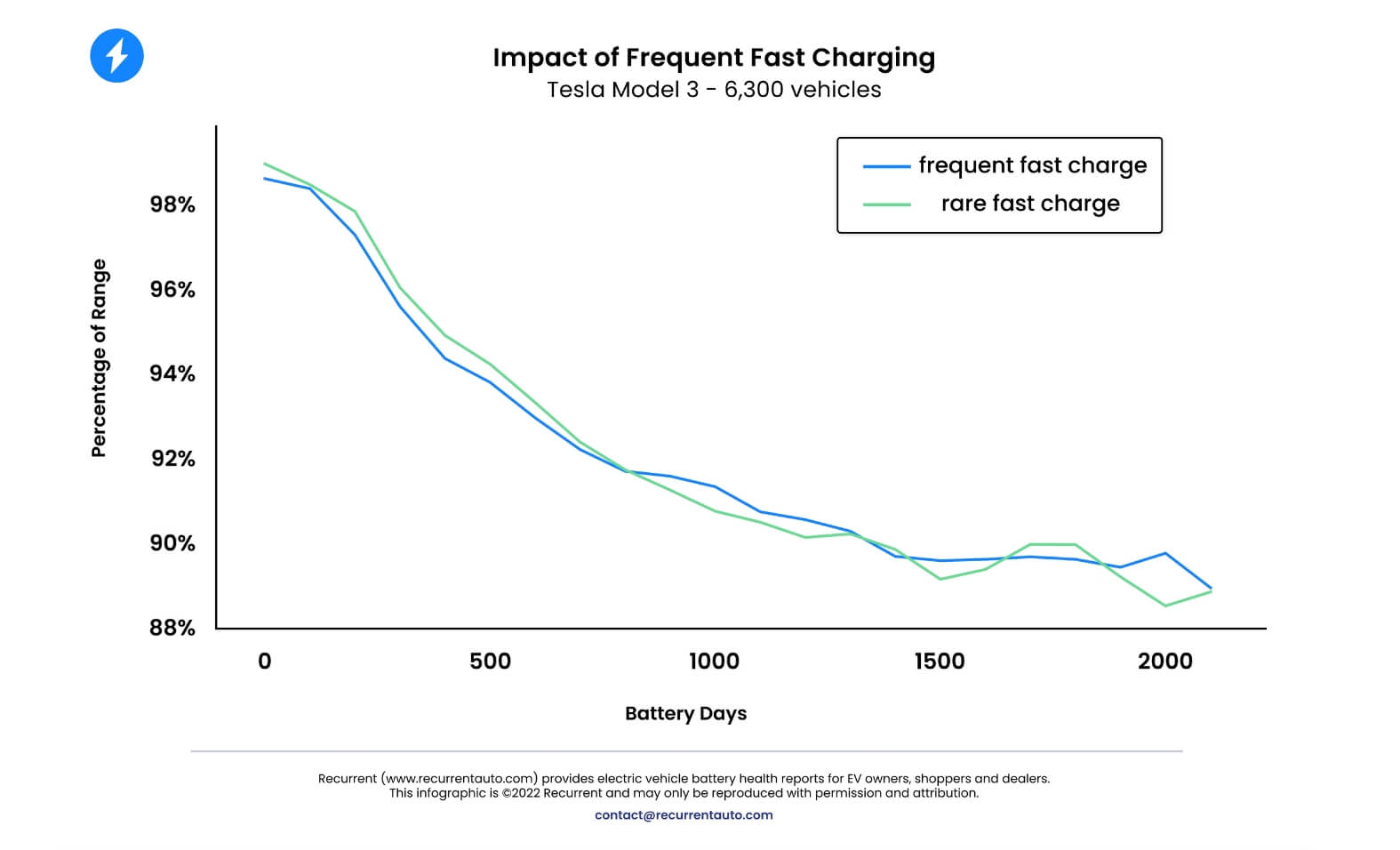
Tesla’s batteries are engineered to withstand the high charging speeds and temperatures associated with Supercharging. The battery management system is designed to protect the battery pack from potential damage during fast charging, making Supercharging a convenient and safe option for long-distance travel.
User Experiences
Many Tesla owners have reported minimal battery degradation even after extensive use and frequent Supercharging. These real-world experiences provide valuable context and suggest that the recent incident is more of an exception than a rule.
While the battery replacement warning in the Tesla Model 3 is noteworthy, it stands in contrast to the overwhelmingly positive experiences of a vast majority of Tesla owners. The incident should be viewed as an isolated case, especially given the prompt resolution under warranty and the absence of similar widespread issues.
Yes, this happened to me on 2021 MYP @ 35k miles. Happened after 600 mile trip to Fl. Use superchargers the entire trip as usual. When we got back, I noticed big reduction in range (about 30-40 mile lesss than before) and about 2 days later the service battery message appeared. pic.twitter.com/WDtmlPdEq6
— John Rusev (@Rusev_John) October 23, 2023
it’s worth noting that while the incident involving the Tesla Model 3 Performance is considered an isolated case, there have been other anecdotal reports that echo similar experiences. For instance, an owner of a 2021 Model Y Performance reported receiving a service battery message after 35,000 miles. This occurred shortly after the owner completed a 600-mile trip to Florida, during which they exclusively used Superchargers. Upon returning from the trip, the owner noticed a significant reduction in the range about 30 to 40 miles less than before and received the service battery message two days later.
Conclusion
Tesla employs a modular design and sophisticated balancing techniques to ensure the durability and performance of its batteries. Despite common myths, the use of Supercharging has not been shown to cause significant battery degradation, and Tesla’s batteries are engineered to withstand the demands of fast charging.
Furthermore, anecdotal evidence from a wide range of Tesla owners suggests that such incidents are rare and not indicative of a larger, systemic issue. This leads us to conclude that the incident in question is likely an isolated case.
For current Tesla owners and those considering becoming part of the Tesla family, this should not be a cause for concern. Instead, it should serve as a testament to Tesla’s unwavering commitment to quality and customer satisfaction. Such incidents are more the exception than the rule, and Tesla’s dedication to advancing the capabilities of electric vehicles remains as strong as ever.

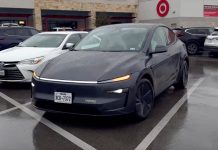
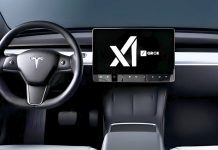
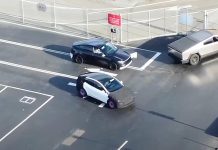
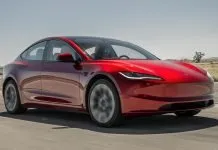
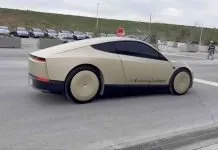








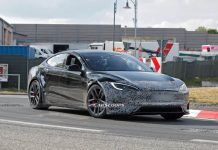
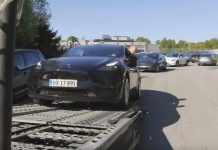
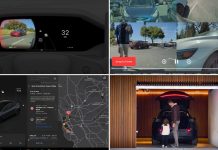
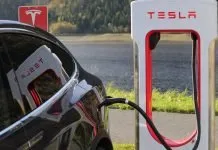

A couple in Europe had a similar issue. Brand new car. They were told they drone in too heavy a rain. Tesla will not replace the battery.
“too heavy rain”. Hahaha. That battery was *submerged in water*. Not driven in rain – submerged in a flood. No vehicle manufacturer, EV or gasoline, warrants a car against flooding.
This is mostly not true. Everytime I take my car in they never have a loaner. Also every time even my car has 11700 miles on it, I had so many issues example rattling noises coming from the front dash, left front tire foam came out and car started shaking when going above 60 miles, car saying driver door open after a rain or car wash and everytime I put a request for service they tried to charge me.
I’m not sure when the warranty kicks in. I ended everytime canceling my repair order and trying to fix the car my self. I took it to a tire shop to fix the tire. So far my experience with Tesla is that they don’t stand behind what they claim and most surely this will be the last Tesla I’ll buy.
This is a real user opinion!